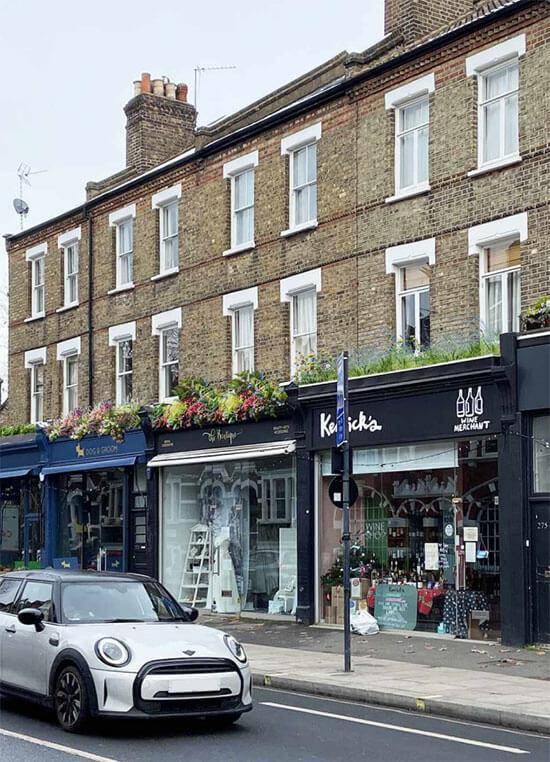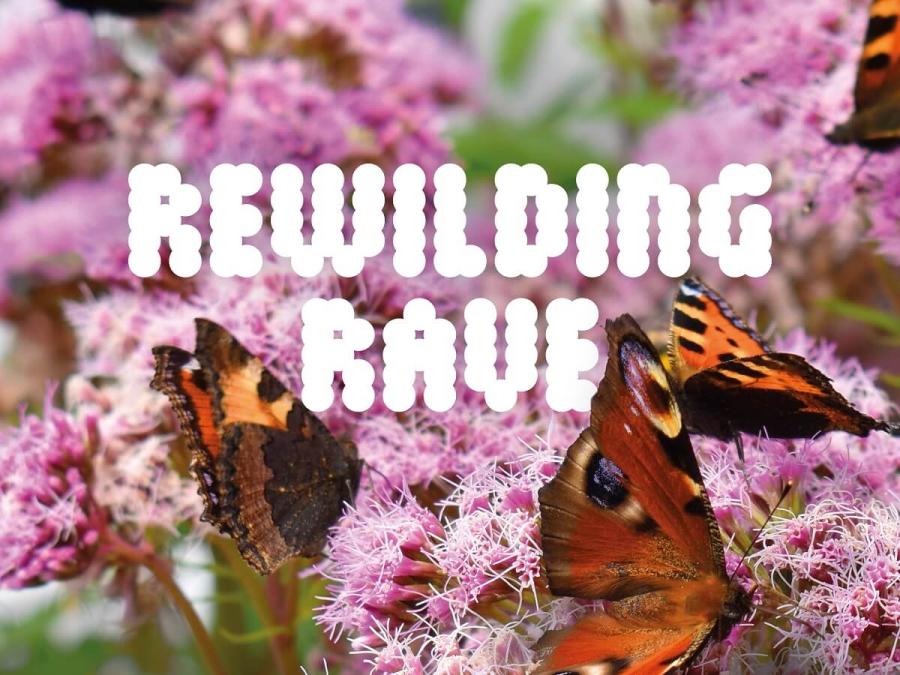
Get involved
Hammersmith & Fulham Council is encouraging residents to host Rewilding Raves to invite more nature and biodiversity to have a good time in our borough.
Get involved as we're working to make our borough much less grey and much more green. Every small action can make a real difference.
And the best part?
You don't need to have a garden to get involved. Your doorsteps, windowsills and balconies are all great spots for nature. Even your nearest street tree is ready to become a wild habitat by adding plants at its base.
Our borough needs a network of green and wet spaces. By taking climate action together we can reduce carbon emissions and restore nature locally.
Butterfly Flash-mob? Frog Hip Hopping? Starling stage diving? Keep reading to find practical tips on how to help nature and biodiversity thrive at home, at work and all around your community. To help get you started, check out our Climate Action Microgrants for inspiration and funding to make a difference.
Encourage nature home

Tip #1: Invite nature to your Houseparty
Between the concrete, glass and brick, we need more plants, trees and green spaces.
Whatever space you have, there are endless possibilities to host a rewilding rave. Whether by planting native trees and shrubs or by creating log piles using dead wood from your garden – a range of habitats will help you share your space with some natural neighbours.
To make our borough even greener and more friendly to local wildlife, we are regularly offering free native trees to residents. Sign up to our Climate Connects e-newsletter to be the first to know about the next giveaway.
Get advice and read case studies on spaces just like your own from Butterfly Conservation's Wild Spaces project and join their growing community.
Tip #2: Be less tidy
Pristine lawns and tidy borders with exotic flowers unfortunately don't foster much biodiversity.
Consider taking part in No Mow May or creating your own year-round No Mow Meadow, to allow more diverse plants to thrive. You can visit our established No Mow Meadows, such as the West part of Shepherds Bush Green and Brook Green, or Margravine Cemetery.
Challenge your perception of 'weeds', including plants like Clovers, Daisies and Dandelions. Invertebrates such as Stag Beetles and Ladybirds require biodiverse, messy gardens and habitat piles as well as places to shelter and hide. If you're lucky, you might even attract a Common Lizard. Butterflies love them too!
Visit our No Mow May webpage to see where else in H&F we're creating space for wildlife.
Visit the National Trust website for nine ways to build a wildlife-friendly garden.
Tip #3: Wet and wild
Our local wet spaces are vital habitats for a wide array of wildlife.
Even tiny bucket ponds can provide a breeding ground for amphibians like frogs and newts, as well as attract insects like dragonflies and damselflies that lay their eggs in water. More ponds will increase the resilience of these aquatic and semi-aquatic species, particularly during times of drought when many water bodies dry up.
By creating your own pond – even a small one – you can help build this resilience and support local biodiversity.
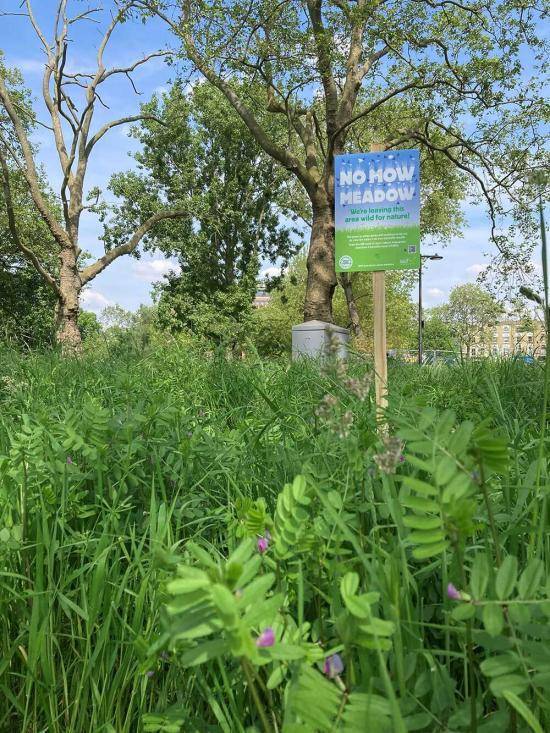
Ponds also play a crucial role in the wider ecosystem, acting as stepping stones for wildlife to move between larger habitat areas. They can help purify water by trapping sediments and pollutants, and provide a water source for birds, mammals, and other terrestrial creatures. With their rich diversity of life, ponds contribute significantly to the overall health and balance of our local environments.
Please consider safety if you have young children, pets or vulnerable people at your home, and make sure you add a ramp or rock for wildlife to get out.
Can you add a mini pond at home? For more tips to get you started, visit the Natural History Museum's small wildlife pond guide.
Tip #4: Make a Beetle Hotel
If you've got an unused corner in your garden – perhaps an area too shady for your preferred plants – why not build a Beetle Hotel?
It can take our native Stag Beetles seven years to complete their life cycle in dead wood, so these habitats are really important.
All you need is some logs and leaf litter:
- bury the logs upright into the ground
- add some native shade tolerant ferns and leaf litter
- let the Beetles come together. Done!
Visit the People's Trust for Endangered Species website to find out how to make a Beetle Hotel.
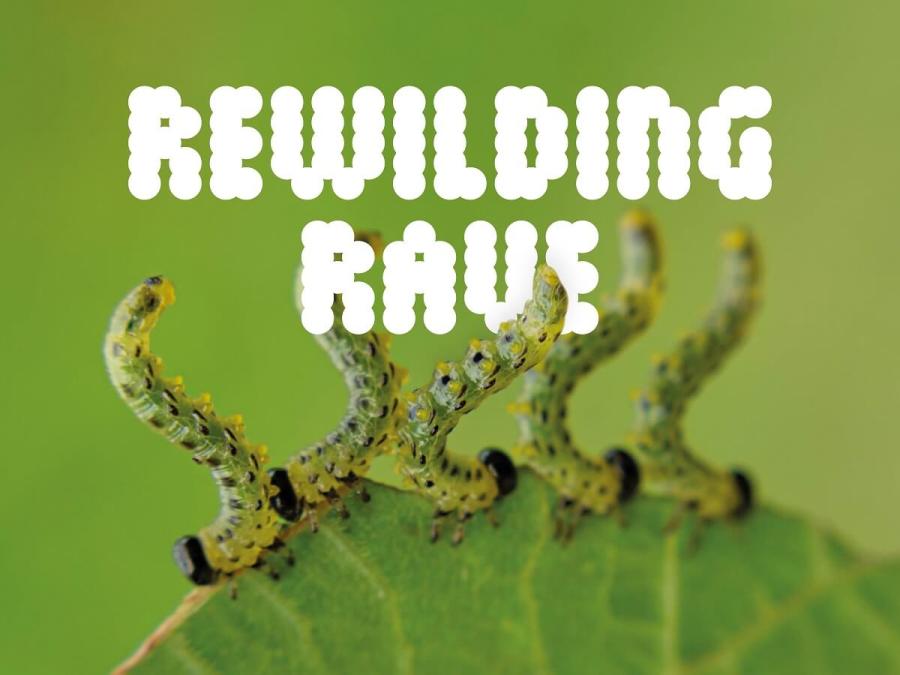
Encourage more biodiversity with your neighbours and friends
You can do these projects on your own, but you may see more impact and have more fun by encouraging your neighbours to get involved too.
Tip #1: Adopt a street tree or even plant in a street tree's base
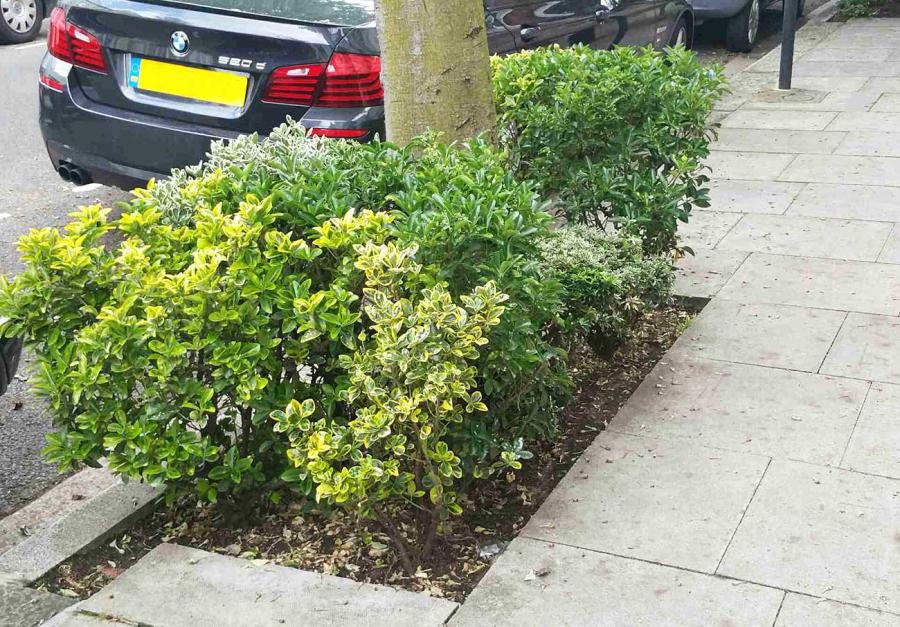
Did you know that you can adopt a local Street Tree to look after them and keep them hydrated? You can even turn a Street Tree into a mini public garden by planting in the base around the tree trunk.
Get together with a neighbour or even organise a play street to get the whole street involved.
We encourage you to plant native species and avoid anything invasive or harmful. Just remember to let us know if you adopt a tree pit so that council contractors don't pull up your lovely plants!
Once you've selected your location, notify us by filling in our contact form, emailing cleaner.greener@lbhf.gov.uk, or calling 020 8753 1100.
Tip #2: Nudge your neighbour to green the grey in their garden
Getting rid of hard surfaces and making space for nature can help reduce the risk of flooding and help keep our streets cool. We call this process 'depaving' an we've been doing this across the borough, including parks such as Eelbrook Common and streets like Starch Green.
If you still need space for your car, you could depave the borders and use permeable paving to allow rainwater to absorb naturally into the ground – any space you can share with nature helps.
Find out more in our Living With Rainwater Guide or watch this case study by the Royal Horticultural Society on YouTube about how to depave your front garden.
Tip #3: Create a wildlife corridor
If you or your neighbours have spotted something unusual like a Hedgehog, House Sparrow or a Pipistrelle Bat, why not get together and work on how to welcome back those species on a regular basis?
Make a 'Hedgehog Highway' by encouraging neighbours to leave holes in their fences. This allows hedgehogs and other wildlife such as Frogs to venture further to find food and new homes.
Bats, House Sparrows and other winged critters don't need a hole in your fence, but you can encourage them by growing hedgerows, trees and insect-friendly flowers.
Go the extra mile together and plan pit stops along your Hedgehog Highway, including spots where they can get some food, a drink or a safe place to sleep. Keeping grass long and letting undergrowth grow encourages them and protects them from predators.
Visit the Royal Society for the Protection of Birds website for more information.

Things you can do at work
Just because you are at work all day doesn't mean you have to miss the party. You can make work wilder by improving any office green spaces or using your volunteer days to help us green the borough.
As a business, try our following tips.
Tip #1: Party with purpose
Businesses large and small can put their values into action and get more involved in improving local biodiversity. Many organisations offer Corporate Volunteer Days. If you're organising your own, considering using these days to do some nature volunteering.
It is well understood that spending time outdoors in nature is good for both physical and mental wellbeing, and we have opportunities to do so here in H&F, such as gardening with the Friends of Margravine Cemetery or building greenhouses with Hammersmith Community Gardens Association.
If you'd like to be referred to these opportunities, email us at ecology@lbhf.gov.uk
Tip #2: Get green in unexpected spaces
Get creative and consider what grey needs greening. A surprising share of spaces can be used to host a rewilding rave – from walls to roofs to seating areas.
Green roofs are exciting spaces which help connect larger green areas together – and have the added benefit of cleaning the air as well. On Wandsworth Bridge Road, local business came together with the help of WBRA to create a connected strip of green roofs.
But these aren't the only spaces that can be greened. If you have a seating area, consider creating parklets where people can sit surrounded by greenery, such as on Hammersmith Grove. Alternatively, green walls can provide more privacy, a splash of colour and provide nectar and shelter for wildlife.
Tip #3: Partner up to take Climate Action Together
All businesses want to create an environment where their staff can thrive – so why not aim higher and help foster a planet where they can thrive as well?
Partnering with an eco-charity can help connect and motivate your staff, as well as tackle some of the biggest issues facing our planet today, such as plastic pollution, habitat destruction and climate change.
There are so many different charities out there that can help connect you and your business with the world you both depend on.
Join our Climate Alliance network to learn firsthand how other H&F businesses are taking – or encouraging – climate action at work.
